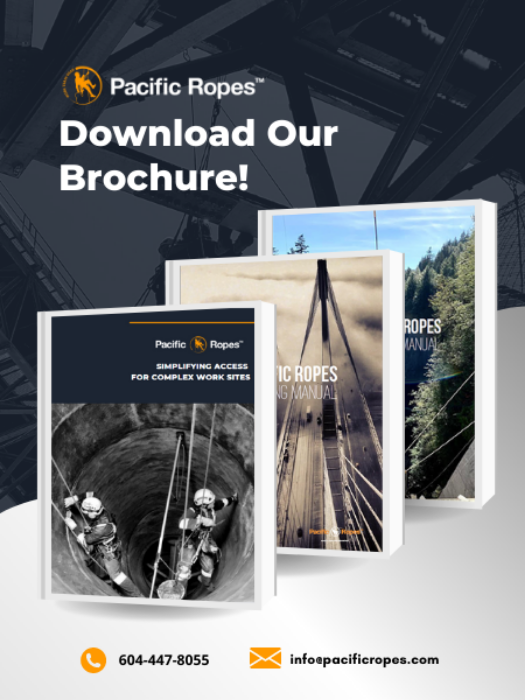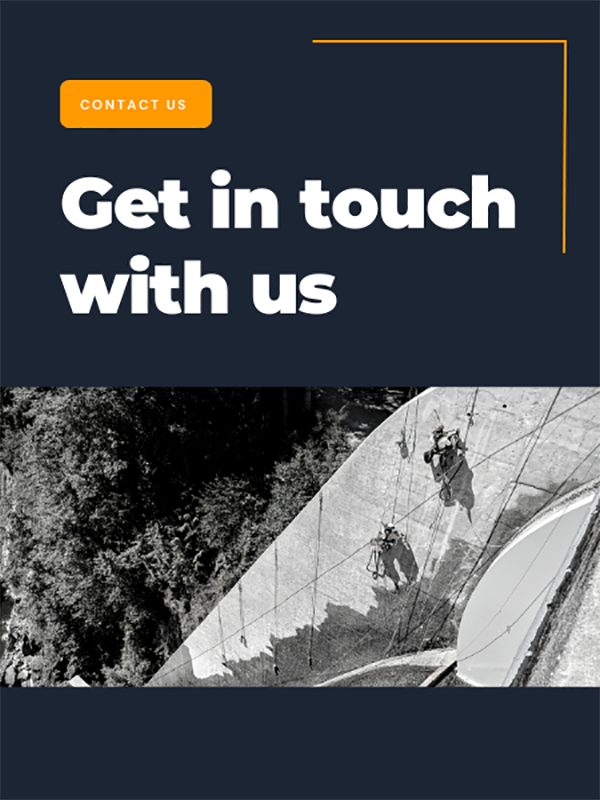Hazard Identification: A Team Effort
When you’re out on a job, whether it's installing assets, exterior building maintenance, or navigating a construction site, safety starts with recognizing potential hazards. At Pacific Ropes, we know that hazard identification isn’t just a checkbox—it’s a mindset, and it’s something everyone on the team needs to own.
.png?width=900&height=375&name=HAZARD%20IDENTIFICATION%20(3).png)
1. Hazard Identification Is Everyone’s Responsibility
Think of hazard identification as a team sport. While the project lead or supervisor might outline the big-picture risks, it’s up to everyone to spot the little things that could lead to bigger issues.
- Example: Imagine you’re working at height, and you notice a tool bag isn’t secured properly. Speaking up in that moment could prevent a dropped tool from turning into a serious incident below.
When everyone stays alert and communicates openly, the entire site becomes safer. Don’t assume someone else has already seen the risk—if you see it, say it.
2. Why It’s Critical (and Not Always as Simple as It Sounds)
Sure, hazard identification seems straightforward: spot the hazard, deal with it, move on. But it’s rarely that simple, especially in dynamic environments like rope access or industrial sites.
- Risks Amplify at Height: A small mistake, like a poorly secured rope or missing PPE, can have massive consequences.
- The “Familiarity Trap”: When you’ve done the same task a hundred times, it’s easy to think nothing could go wrong—until it does.
Taking a few extra minutes to assess the situation, even for a routine job, can save hours of downtime—or worse, an injury. Trust us, it’s worth it.
3. Get Good at Hazard Identification
Like any skill, hazard identification improves with practice. Here are some tried-and-true tips from our team:
-
Use the SLAM Technique:
- Stop: Take a moment to pause and evaluate. Is everything as it should be?
- Look: Scan the area. What’s changed since the last time you checked?
- Assess: Think through the task. Do you have everything you need to do it safely?
- Manage: Speak up and act. Make adjustments or flag risks to the team.
-
Ask Yourself:
- Is this task new or different?
- When was the last time I worked in this area?
- Do I feel confident and well-equipped to do this safely?
-
Learn From the Past: Look at previous incidents or near-misses to uncover hazards that might not be obvious at first glance.
4. What to Expect On-Site
Whether it’s your first day on the job or your fiftieth, being prepared for on-site safety routines can make all the difference. Here’s a snapshot of what to expect:
- Safety Meetings: These are the perfect time to align with the team. Listen for details on site-specific risks and ask questions.
- FLRA (Field-Level Risk Assessments): A quick but crucial step to identify unique hazards that come up during the day.
- Open Communication: Situations can change fast, so keep the conversation going with your teammates and supervisors.
It’s More Than a Task—It’s a Culture
At Pacific Ropes, we believe hazard identification is part of our DNA. It’s not about pointing fingers or passing the buck; it’s about creating a culture where everyone feels responsible for safety. By staying alert, using tools like SLAM, and engaging in site-specific protocols, you can sharpen your hazard identification skills and keep your team safe.

Because at the end of the day, a safer site means everyone gets to go home. And isn’t that the ultimate goal?
For more information regarding hazard identification in a wide range of applications and industries, check out our online training options!




